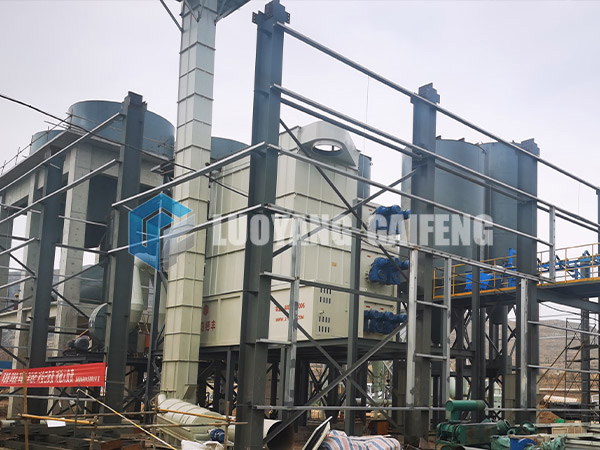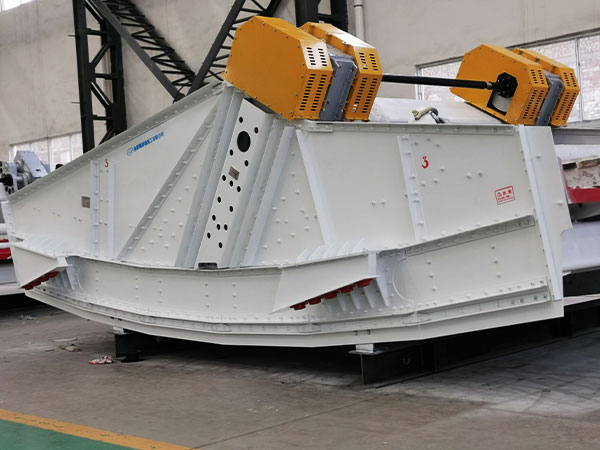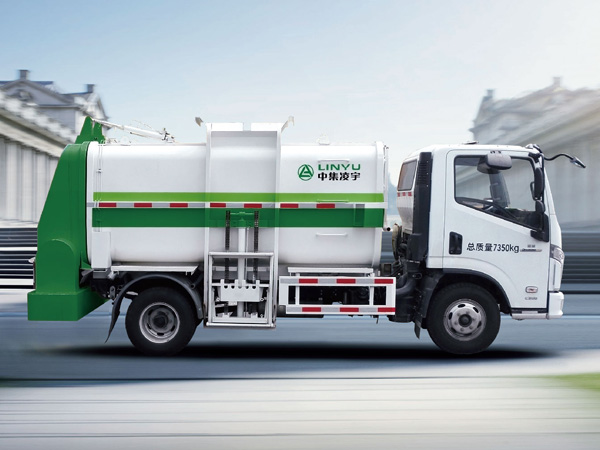As one of the key components of industrial robots, industrial robot bearings are most suitable for the joints or rotating parts of industrial robots, the rotating table of machining centers, the rotating part of manipulators, precision rotating tables, medical instruments, measuring instruments, and IC manufacturing. devices and so on. The industrial robot bearings mainly include two categories, one is equal-section thin-walled bearings, and the other is cross-cylindrical roller bearings. In addition, there are harmonic reducer bearings, linear bearings, joint bearings, etc., but mainly the first two bearings.
Features of industrial robot bearings:
1. It can withstand comprehensive loads in axial, radial and overturning directions;
2. Thin-walled bearings;
3. High rotary positioning accuracy. Any bearing that meets this design requirement can be used in industrial robot arms, rotary joints, chassis, etc.
Types of Industrial Robot Bearings
1. Cross roller bearing
Crossed roller bearings are cylindrical rollers or tapered rollers arranged vertically on the 90-degree V-shaped groove rolling surface through spacers, so crossed roller bearings can bear radial loads, axial loads and moment loads and other multi-directional loads. The size of the inner and outer rings is miniaturized, and the extremely thin form is even closer to the limit of small size, and has high rigidity, and the precision can reach P5, P4, and P2 levels. Therefore, it is suitable for joints and rotating parts of industrial robots, rotating tables of machining centers, precision rotating tables, medical equipment, calculators, military industry, IC manufacturing equipment and other equipment.
…
More information about industrial robot bearings can be accessed by clicking:https://www.prsbearings.com/Robot-bearing.html









